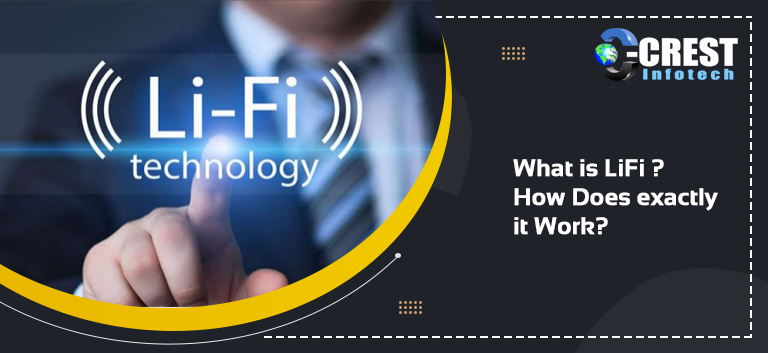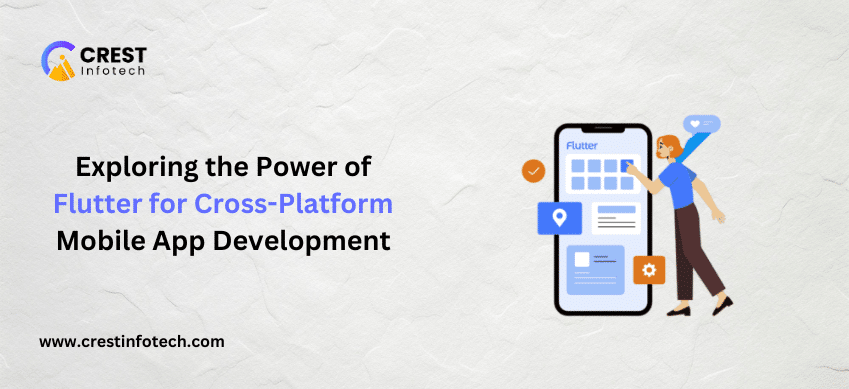A modern form of wireless link that transmits data using light sources rather than microwaves and is 100 times faster than Wi-Fi.
Wi-Fi, the technology that has been a kind of oxygen that enables us to live in an interconnected world since its emergence in the early twentieth century, could be overcome soon.
Although its usage will not go away, it will be moved to the backburner in favour of technological advancement, which will soon bring a new connection system: Li-Fi.
What is Li-Fi technology, exactly?
It’s a new type of wireless link that transmits data using light sources rather than microwaves, hence the name: Light Fidelity in return for Wireless Fidelity.
Thus, simply by putting a transmitter modulator in our home or workplace, LED bulbs can act as a router.
Li-Fi technology vs Wi-Fi technology
At any standard, Li-Fi is a significant improvement over Wi-Fi.
For starters, transmission speeds are up to 100 times higher!
Various technological research centres, such as the renowned German Fraunhofer Institute or the Shanghai Institute of Technical Physics, are already operating with 1 Gbps transfer speeds, with studies suggesting that it could exceed 10 Gbps.
Low-cost and high-efficiency sustainability
But the benefits aren’t just in terms of speed. It is expected that in the not-too-distant future, we will be able to transmit data using solar energy, enabling people who do not have access to the internet or who have limited electricity resources to gain access. The operation of Li-Fi technology will save money because it will reduce the need for electronic equipment such as routers, modems, signal repeaters, wave amplifiers, and antennas in homes and, more significantly, workplaces. These devices, which are currently connected to the power grid 24 hours a day, seven days a week, would cease to consume electricity, and their purpose would be replaced by an LED bulb, which, in most cases, is already on during working hours, and therefore would not incur additional costs.
Anti-theft security
On the other hand, since direct interaction with the LED light beam emitter is needed, computer security is enhanced.
Only devices illuminated by the same light bulb will communicate with one another, preventing attacks or unwanted access from devices outside of our light spectrum. Is this the start of the end of Wi-Fi? A brighter, better, quicker, and more effective solution to optimise our link with the world; is this the start of the end of Wi-Fi?
You can also Hire Android Developer. Contact Crest Infotech to know more about Dedicated Android Development services in Details.



